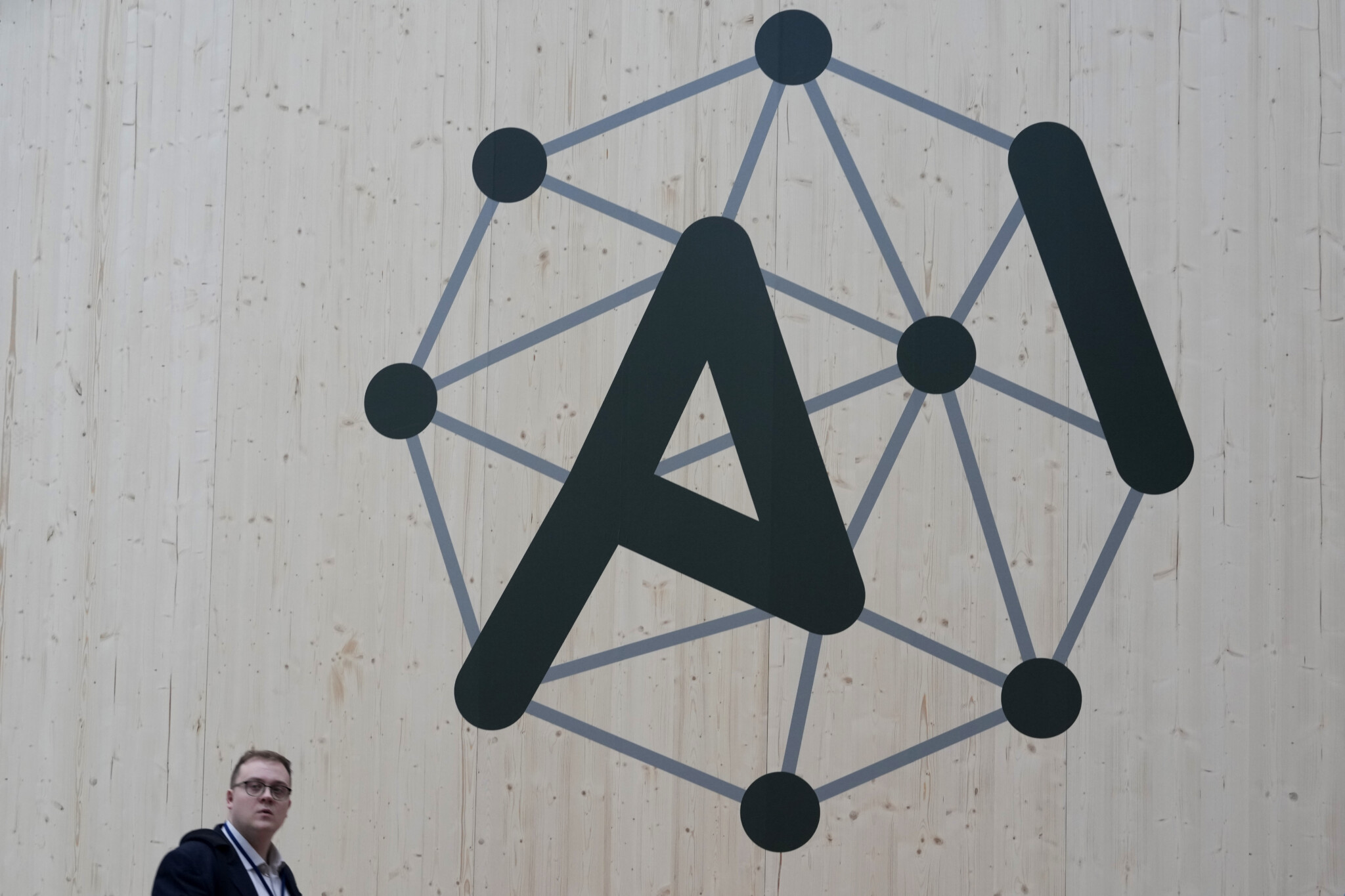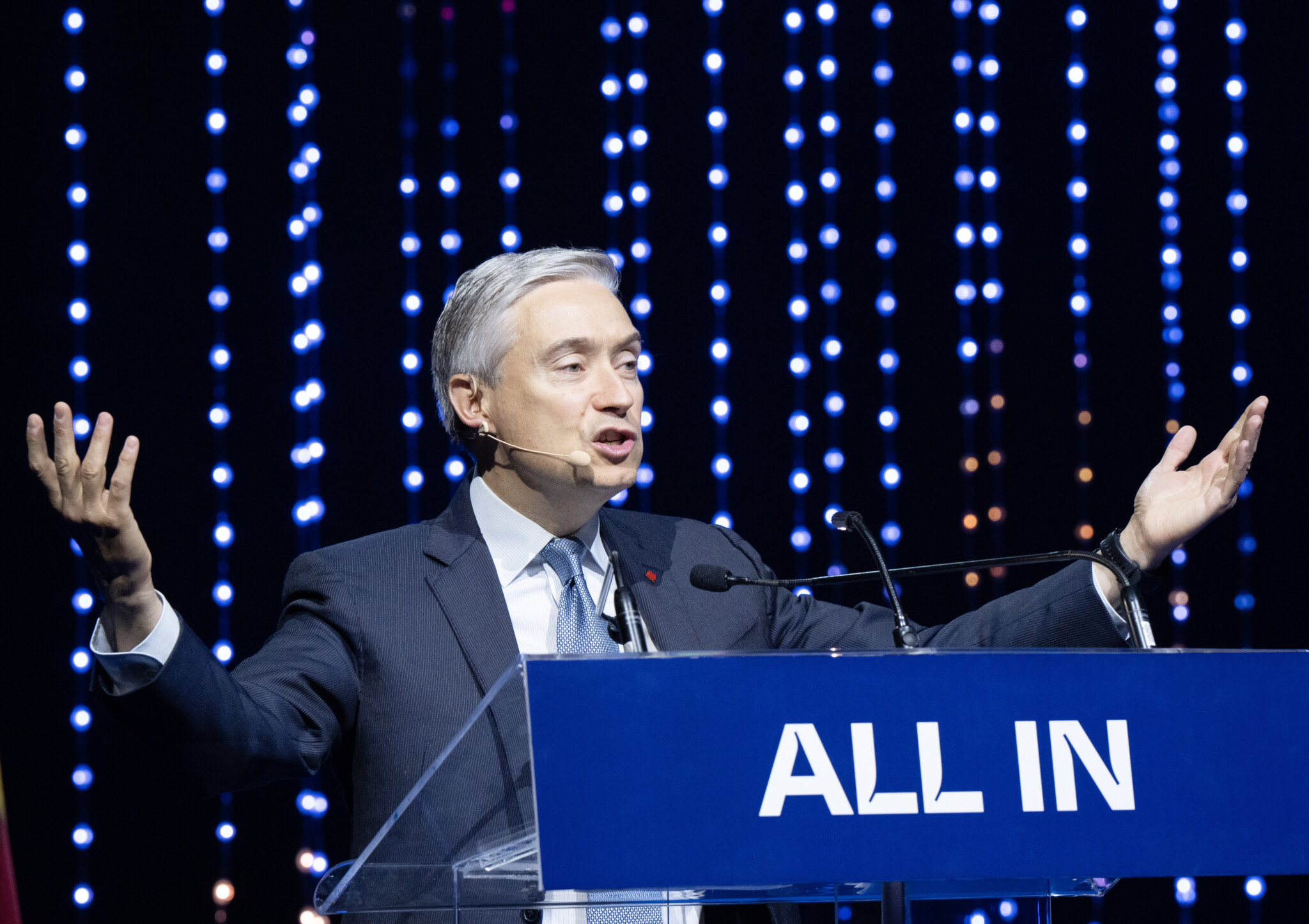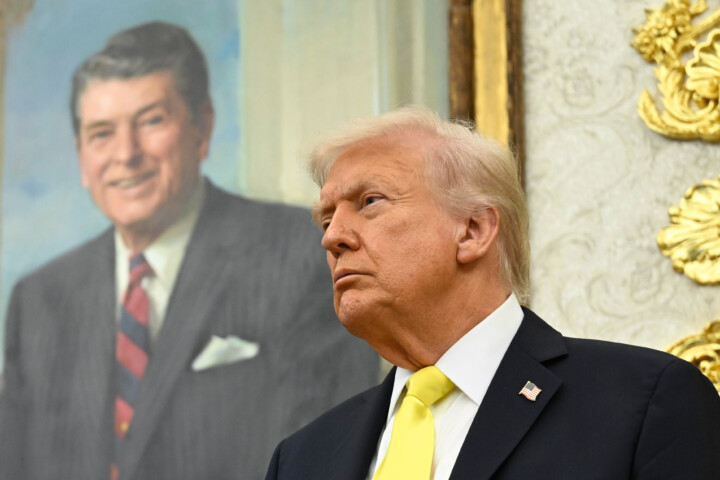When Geoffrey Hinton won the Nobel Prize in physics last year, it was widely treated as a victory for Canada, the country that had nurtured the Canadian computer scientist’s pioneering research into artificial intelligence.
Hinton’s Nobel win could be viewed as the culmination of Canada’s leadership in the AI field during the technology’s (mostly) quiet rise. As of the early 2000s, this country was a hotbed for research into neural networks, which would form the basis for the machine learning technologies that have exploded into popular consciousness since the launch of ChatGPT in 2022. Not only that, Canada was almost the only place on the planet where the then-unpopular field was securing research funding.
Armed with a $400,000 annual budget from the Canadian Institute for Advanced Research (CIFAR), the British-born Hinton turned his modest University of Toronto lab into a hub for researchers who were interested in neural networks. At the same time, Yoshua Bengio, who moved to Canada from France as a child, was exploring the nascent technology at his lab at the Université de Montréal. And in Edmonton, Richard Sutton was at the University of Alberta developing his ideas around reinforcement learning, which ultimately enabled DeepMind’s AlphaZero to defeat any human at chess (or, famously, the Chinese game Go).
Today, Hinton, Bengio, Sutton, and their acolytes are often credited among the “godfathers” of AI, thanks to their foundational work on neural networks and machine learning. Their research paved the way for large-scale generative artificial intelligence tools like ChatGPT.
In other words, AI as we know it is largely a Canadian invention.
Falling behind
But today, AI’s seminal milestones are happening elsewhere—notably in the San Francisco headquarters of OpenAI, the creator of ChatGPT, and in the Hangzhou, China, offices of DeepSeek. When the current chapter of the AI story is written, will Canadians still be at the top of the page—or in the footnotes?
Canada’s early promise in AI has given way to a mixed picture: some high-profile successes, but also glaring vulnerabilities. The country that did the most to nurture AI’s early breakthroughs has arguably failed to capitalize on its head start.
Elissa Strome, executive director of the Pan-Canadian AI Strategy at CIFAR, admits Canada has already watched much of its early lead in the AI field slip away.
“A lot of countries stood up and started paying attention to AI. So whereas we had the first mover advantage, so many other countries came up with their own national AI strategies,” she says in an interview with The Hub. “[Some of] the investments made by other countries are an order of magnitude greater than what has been invested in Canada in our AI policy, our AI strategy, our AI ecosystem. In some cases, those investments have really skyrocketed them ahead.”
Canada ranks among the world leaders in AI research and talent, with a reasonably healthy start-up scene. But skeptics say we’re not doing enough to cultivate big homegrown successes—and we lack the computing infrastructure to do so. “We’re still a competitive country with respect to the AI sector, but we are not in the top 10 in the world on a couple of indices,” Strome says.
Given that two of our key rivals are the United States and China, Canada’s smaller population—and the size of our potential pool of investment capital and government support—is an obvious disadvantage. As start-up media outlet BetaKit observed, “In terms of raw dollars, Canada simply cannot compete: our peer countries and foreign firms are spending more on AI than Canadian governments, companies, or investors, combined.”
Graham Dobbs, an economist who researches the AI sector, agrees Canada’s research pedigree is its main strength—and a lack of resources its main weakness.
“Canada’s idea creation often punches far above its weight on a per capita basis,” says Dobbs, who works at The Dais, a think tank at Toronto Metropolitan University. “But when it comes to that large-scale deployment, business-related research and development, and sheer [microchips] in data centres, we really lag behind some of the top contending players. The U.S. and China have really outpaced Canada, in terms of not only AI research but more on the commercialization side of things.”

An attendee walks by a wall with a logo during an Artificial Intelligence Action Summit at the Grand Palais in Paris, Feb. 10, 2025. Michel Euler/AP Photo.
Research and talent: still world-class (for now)
In 2017, Canada became the first country to establish a national AI plan, the $125-million Pan-Canadian Artificial Intelligence Strategy. A 2023 Deloitte study credited the strategy, which is now in its second, $443-million phase, with making Canada the country with the highest AI talent concentration. As of 2022, we could also boast of more AI-related academic publications per capita than any other G7 nation. According to Innovation, Science and Economic Development Canada, Canada is home to 10 percent of the world’s top-tier AI researchers.
Many of these researchers are affiliated with Canada’s three “national AI institutes,” which the federal AI strategy funds through CIFAR: Amii in Edmonton, Mila in Montreal, and the Vector Institute in Toronto; each one is affiliated with a world-famous Canadian AI pioneer (Sutton, Bengio, and Hinton, respectively).
These centres are an anchor not only for Canada’s AI prestige but also its brains. Strome says the centres retain talent here in Canada in part by providing attractive opportunities for AI experts—from graduate students to Nobel laureates—to continue conducting government-funded pure research while moonlighting in the private sector if they choose. Hinton co-founded Vector while also employed by Google until he resigned from the company in 2023, citing the risks that AI could pose, including, as he told the Guardian, “the existential risk of what happens when these things get more intelligent than us”
Even still, keeping tech talent in Canada is difficult at the best of times. In the burning hot field of AI, the pull of more attractive opportunities abroad could be irresistible over the long run, putting Canada’s talent advantage at risk, says technology lawyer Imran Ahmad.
“We have to find a way to retain this talent, which candidly is really difficult to find now,” says Ahmad, who is Canadian head of technology for the global firm Norton Rose Fulbright. Large foreign tech firms, he says, have “tremendous resources,” and can offer AI experts more attractive compensation than any employer in Canada. “At some point, the differential is so significant that it becomes hard to retain those folks.”

Federal Industry Minister Francois-Philippe Champagne speaks at the All In artificial intelligence conference Wednesday, September 27, 2023 in Montreal. Ryan Remiorz/The Canadian Press.
Investment and scaling: middle of the pack
A Deloitte report from 2023 counted 670 Canadian start-ups that have each secured investments of at least $1 million. Among them, the star player of the moment is large-language model (LLM) developer Cohere, which secured $687 million in investor funding last year, plus a $240 million investment from the federal government.
According to the Prime Minister’s Office, Canada’s AI sector ranks third in the G7 in terms of overall start-up funding per capita. The Vector Institute’s Cameron Schuler recently told The Hub that Canadian firms attracted $11 billion USD in private investment in AI in the 10 years through 2023, enough to rank fifth in the world.
But Benjamin Bergen, president of the Council of Canadian Innovators, isn’t too impressed. He says Canada’s fledgling AI companies should be seeing more success, including focusing more on growing their businesses abroad.
“You come up with this amazing concept, and then [the challenge is] how do you actually convert it into a good and then sell it around the world and make profit and revenue?” he says. “Figuring out where we as a country can plug ourselves into the value chain is actually the most important part of all of this.”
In the meantime, Bergen says, Canada’s AI start-ups are attracting some foreign attention—from investors and larger companies looking to acquire them. Strome characterized Canada’s start-ups as companies with “real staying power and a solid trajectory.” But many don’t stay in Canada. Either through acquisition or the sheer pull of the U.S. market, their trajectory leads them south. Chip maker Tenstorrent, for example, ceased to be a poster child for Canadian AI innovation when it quietly relocated its head office from Toronto to Silicon Valley last fall.
When companies exit Canada, key talent usually goes with them—and, perhaps even more importantly, so do the rights to the company’s valuable intellectual property, Bergen explains. Given the level of government investment in Canadian AI companies, he says policymakers should ask themselves: “Are you keeping or protecting that intellectual property in the country, or are you allowing it to leave?”
Bergen says Canada should look at Israel’s policy of levying a tax on foreign companies that buy up local firms. This would compensate the country for the IP leaving the country and “keeps a holistic loop of capital flowing back in.”
Computing power: Canada’s Achilles’ heel?
Generative AI models like ChatGPT and Midjourney typically require a massive amount of data to “train them” and a massive amount of energy and computing power to run them. Amid the rapid popularization of tools like these, the AI race has largely become a contest to secure computational power, known as “compute.” The winners are the countries and companies that can build energy-hungry data centres to do the computing.
Canada’s so-called “compute gap” could be the most alarming sign of the onset of our potential AI decline. Writing for the OECD’s AI information hub last year, a pair of Canadian researchers placed Canada dead last in the G7 in terms of per capita access to computing power.
Canada’s compute gap can be seen as a symptom of Canadian companies’ conservative approach to investing in new technologies, says Dobbs, the economist at The Dais, who was one of the paper’s authors.
Canadian spending on research and development “has been consistently low for decades,” he says. “We tend to spend less on capital formation to improve worker productivity. The Canadian economy in general is more risk-averse in adopting new technologies and the infrastructure to actualize them within borders. We tend to be a second mover. So if something goes successful in the United States, we’re more than happy to rely on the infrastructure that’s developed over the border.”
Acknowledging the compute gap, innovation minister François-Philippe Champagne tweeted last year, “What I hear most from the tech sector in Canada is, ‘We have the brain. Now we need the mainframe.’” A $2.4-billion investment announced in last year’s budget is intended to help plug the gap. The bulk of the funding, $2 billion, will provide researchers and start-ups with access to computing power—for example, $700 million to build and expand Canadian-owned, Canada-based data centres.
But will this be enough to prevent Canada’s AI competitiveness from slipping? The figures don’t inspire confidence. Compare Canada’s $2 billion to the Stargate Project, which U.S. President Donald Trump recently announced. Led by OpenAI, Oracle, Emirati investment firm MGX, and the Japan-based tech conglomerate Softbank, the joint venture aims to raise and spend $500 billion USD ($710 billion CAD) over the next four years to build data centres in the U.S.

Audience members listen to the address of European Commission President Ursula von der Leyen at the Grand Palais during the Artificial Intelligence Action Summit in Paris, Tuesday, Feb. 11, 2025. Michel Euler/AP Photo.
Can Canada win by playing smarter, not harder?
In January, DeepSeek, a Chinese rival to ChatGPT that claims its underlying models use far fewer resources to train and operate, made its sudden and explosive debut. Since then, some experts have predicted that the AI race will shift to a new phase, where brute force—in terms of money, energy, and computing power—doesn’t necessarily win the day.
“My guess is that we’ll start to see highly capable AI models being developed with ever fewer resources, as companies figure out ways to make model training and operation more efficient,” Andrew Duncan, the head of the U.K.’s Turing Institute, writes for the BBC.
A shift to leaner AI tools that use less computing power could tilt the balance back in Canada’s favour: our best shot at remaining a global AI player, say some industry observers, could be to build smart, purpose-built models and services that cater to niche needs and markets.
Strome notes that Canadian start-ups (including Cohere) and researchers were already working on “smaller” AI tools before the DeepSeek bombshell.
“This is probably an opportunity for Canada to think really strategically, as we’re implementing [the federal government’s $2-billion] compute fund, to do it in a way that is highly efficient and effective and innovative at the same time,” she says.
But no matter what the next phase of the AI race looks like, the U.S., China, and other rivals won’t cede their own advantages without a fight.
“It’s just such a challenging landscape internationally right now that we are going to be working hard in Canada to just stay competitive.”
This article was made possible by Google and the generosity of readers like you. Donate today.









